Japan's rich literary history has been an infinite source of inspiration for moviemakers. From manga to historical journals to dramatic epics to contemporary science fiction masterpieces, works written by Japanese authors span the spectrum. The number of popular films, both live-action and animated, derived from Japanese books is much larger than many audiences may realize.
The films on this list highlight 10 book adaptions from Japanese sources. Some are English-language remakes, while others are Japanese through and through, showcasing the culture and land. Whimsical, terrifying, and erotic, the films below explore the common themes and histories that affect all of us.
10 Never Let Me Go
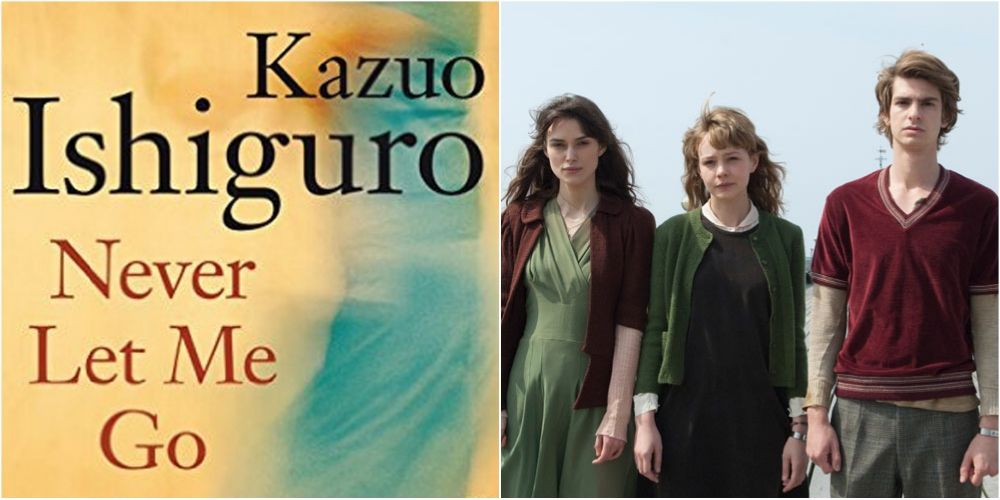
Japanese-born British author Kazuo Ishiguro penned this dystopian science fiction book in 2005. Ishiguro is considered a master of the genre, and this book tells the story of a teenage girl who soon realizes she's been cursed with a terrible fate: she's a member of a clone class created to provide fresh, healthy organs for those who need them.
Never Let Me Go was made into an English-language movie in 2010, and it stars Andrew Garfield, Kiera Knightley, and Carey Mulligan as students at the remote British Hailsham boarding school, where they cope with their status as human duplicates who will be used for organ harvesting.
9 Battle Royale
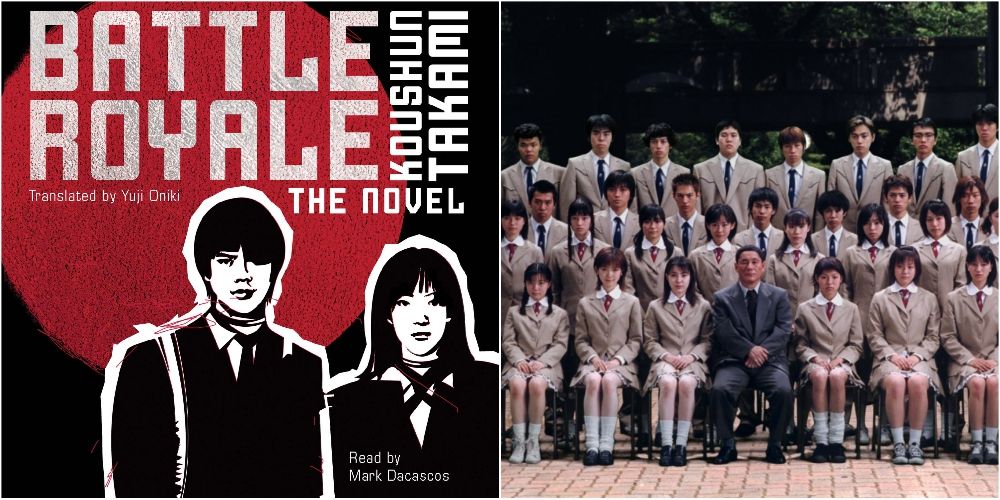
Koushun Takami wrote the 1999 novel that was the basis for the cult horror film and manga series of the same name. Battle Royale takes place in an alternative reality, where Japan is run by an authoritarian government. In this world, middle school students are forced to fight to the death in a sort of survival of the fittest.
The Japanese movie adaptation came out the next year, which employs humor and gore to tell its story. Due to the level of violence depicted in the movie, as well as the implied age of the characters, it was banned in several countries. Still, it spawned several copycats and even forged a new genre based around characters who are instructed to take each other out until one victor remains.
8 Paprika
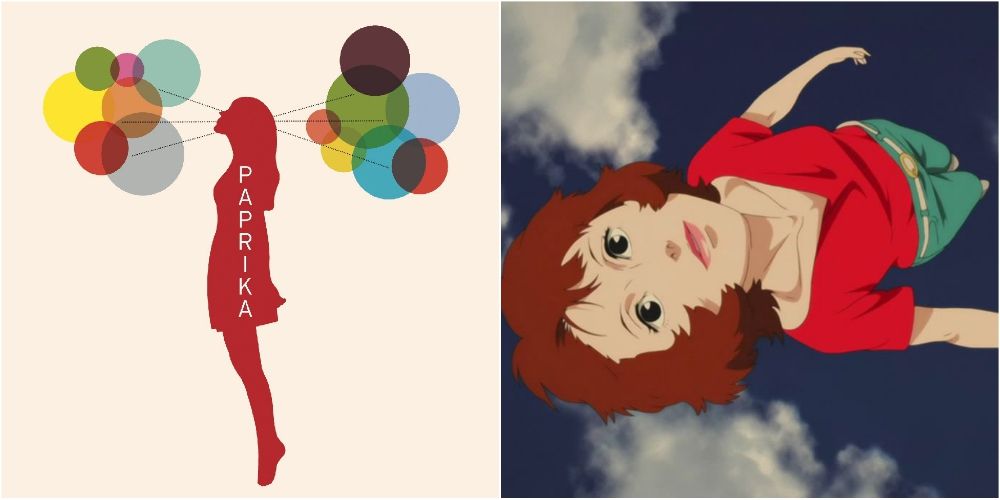
In 1993, Yasutaka Tsutsui released this book about a future world where psychiatrists are implanting themselves in their patients' dreams in order to cure their mental health issues. Psychiatrist Atsuko Chiba creates an alter-ego, Paprika, with her patients. Things take a turn, though, when a new dream analysis device is stolen from the facility that employs Atsuko.
Paprika was released in manga form in 2003, and then an animated feature landed in theatres three years later, in 2006. The movie received international critical acclaim, both for its style and soundtrack.
7 The Woman In The Dunes
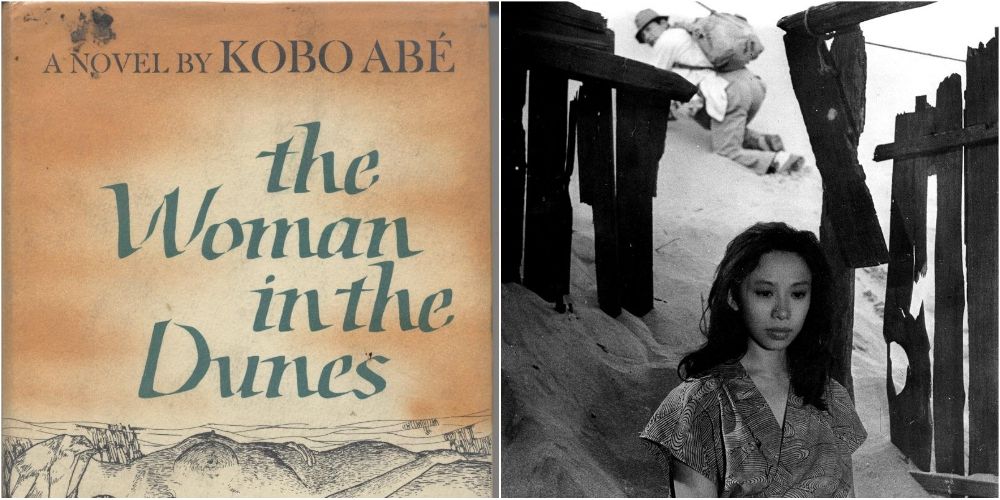
Kobo Abe wrote the 1962 novel that was the basis for the controversial 1964 film Woman in the Dunes. Considered one of the best Modernist Japanese authors of all time, Abe's novels focus on absurd and macabre themes. This book tells the story of a man who visits a remote fishing village to catch insects. When he misses the last bus back to town, he stays overnight, but he finds himself sucked into a strange love affair with a local widow.
The movie, directed by avant-garde filmmaker Hiroshi Teshigahara, is part of the Japanese New Wave canon. Teshigahara employs artistic and experimental storytelling devices here, which won him widespread acclaim, including the Special Jury Prize at the 1964 Cannes Film Festival and an Oscar nomination.
6 Silence

Written in 1966 by Shusaku Endo, Silence tells the story of a Portuguese Jesuit priest who travels to Japan in the 17th century, a time of great prosecution for Christians. The novel, partially told through fictionalized journal entries, details the priest's struggles for acceptance, peace, and understanding.
The novel has actually been adapted into movies three times, first in 1971, then in 1996, and finally in 2016 by Martin Scorsese. Scorsese's adaption is the best-known, and it stars Andrew Garfield and Adam Driver as a pair of young priests who travel to Japan to find their mentor, played by Liam Neeson.
5 The Burmese Harp
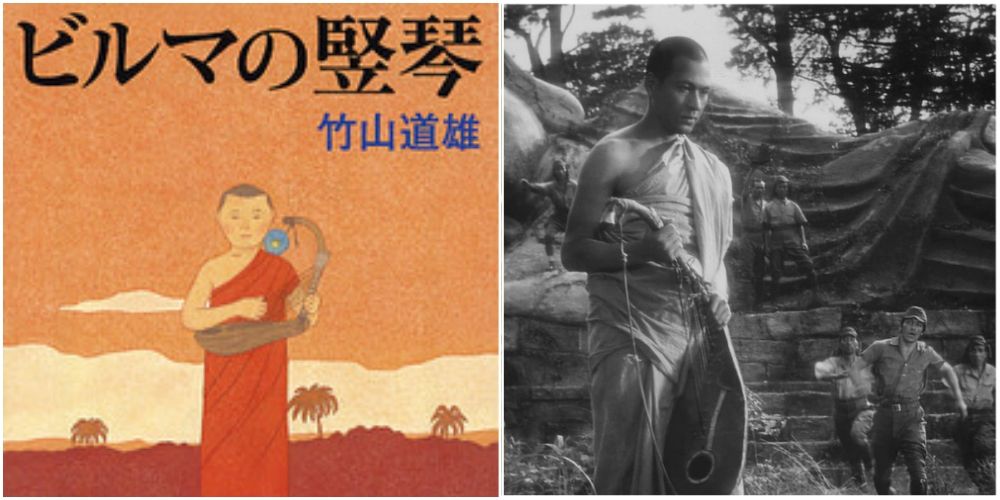
The 1956 film The Burmese Harp, which was nominated for an Oscar, is based on the 1946 children's book by Michio Takeyama. The book and the movie both focus on Japanese soldiers who fought in the Burma Campaign during WWII.
As exhausted Japanese soldiers get ready to return home after the war is over, they attempt to account for a missing soldier named Shoji, who is known for playing the harp. It turns out Shoji has stolen the garb of a Buddhist monk in order to return to his company undetected. Along the way, he learns a lot about loss, spirituality, and the brutality of war.
4 Audition
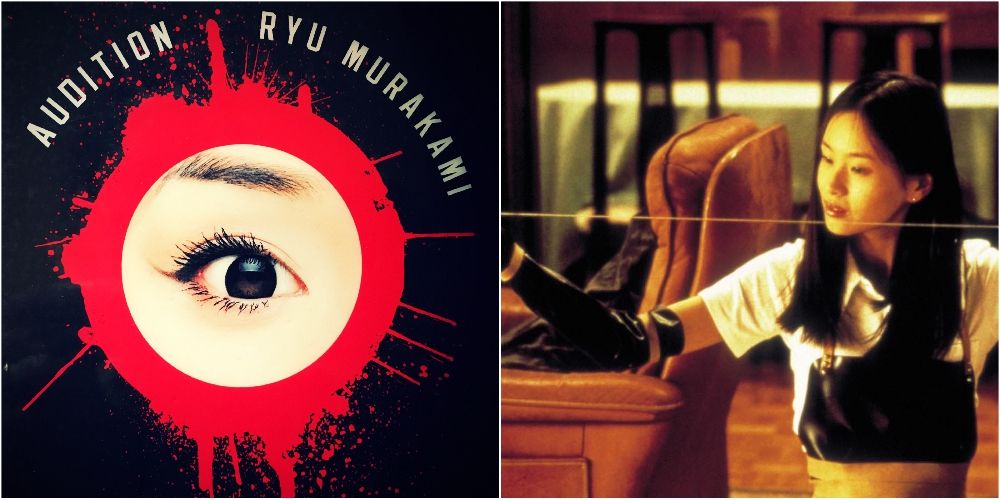
Considered one of the most gruesome horror movies of all time, this 1999 torture flick about a young woman with violent tendencies is based on a 1997 novel by Japanese horror master Ryu Murakami, known for other works like Coin Locker Babies and Piercing.
Both the book and the movie are about a widower who is auditioning women in order to find a new wife. The man, Aoyama, falls in love with Yamasaki Asami, ignoring all the warning signs that she may not be as stable as she seems. Diving into modern Japanese dating, heteronormative relationships, and the power of lust, Audition is a brutal tour-de-force.
3 The Pillow Book
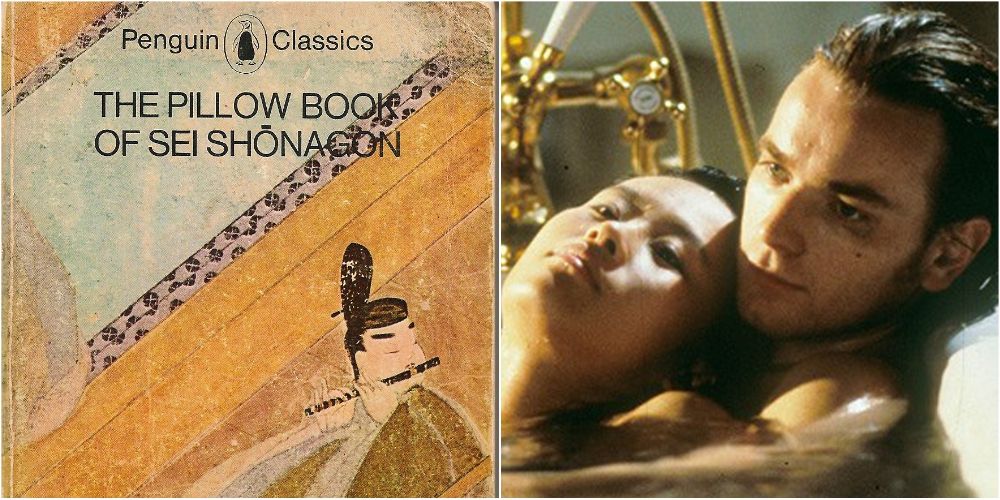
Written by a Japanese court lady for Empress Consort Teishi named Sei Shōnagon during the Heian Period, sometime between 990s and early 1000s, The Pillow Book is a personal journal of sorts, full of disconnected musings, poems, and insights into Medieval Japan.
British director Peter Greenaway's 1995 film of the same name is a loose adaptation, focusing on the erotic and creative implications of the source material as a vehicle to tell a tale of passion between a Japanese woman and an ex-patriate played by Ewan McGregor. Nagiko has been obsessed with the written word from a young age, and as a dissatisfied adult, she seeks a lover who will take her desires to a new level by writing poems on her naked body.
2 Kiki's Delivery Service
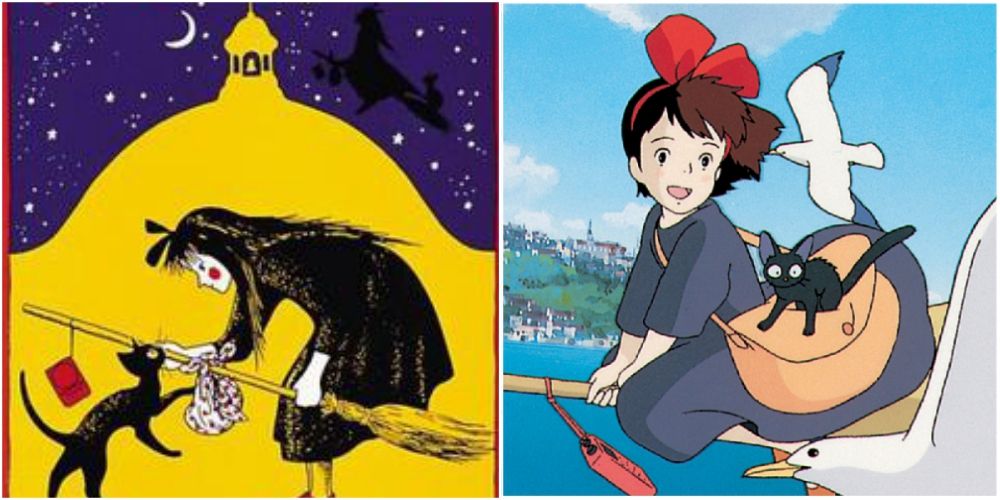
An illustrated 1985 children's book written by Eiko Kadono and illustrated by Akiko Hayashi, it was brought to the big-screen by Japanese animation superstar Hayao Miyazaki in 1989. Kiki's Delivery Service is based upon the life of a young, resourceful witch who, after moving to a new town, uses her flying broomstick to establish a delivery business.
A coming-of-age story with a twist, Kiki's Delivery Service was an early hit for Miyazaki and his animation venture, Studio Ghibli.
1 Manhunt
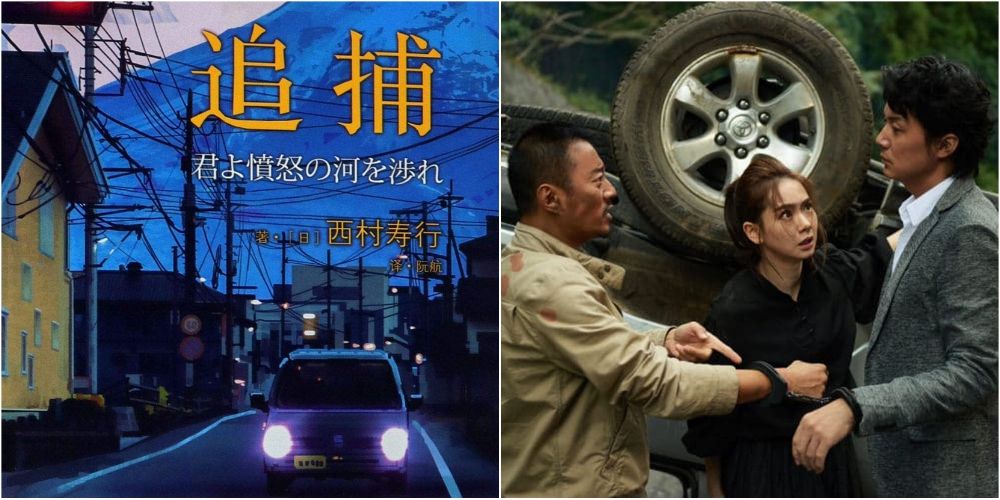
Chinese action director John Woo, known for numerous noir classics in his homeland, as well as English-language thrillers like Face Off and Mission Impossible: II, was at the helm of the 2017 adaptation of a Japanese crime novel by Juko Nishimura. Murder, intrigue, and deceit mark this story that includes Japanese, Chinese, and Korean actors.
The novel was adapted once before, in 1976, and Woo decided to update it in order to commemorate Chinese movie star Ken Takakura, featured in the earlier version.
from ScreenRant - Feed https://ift.tt/39zAj2f





No comments: